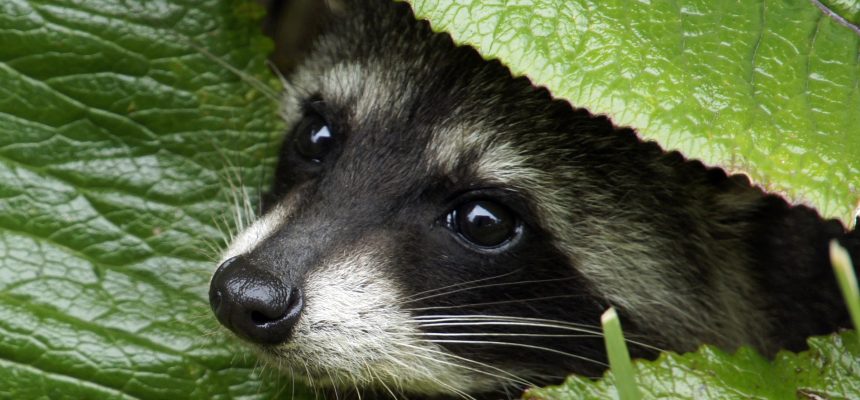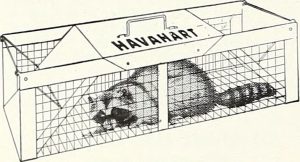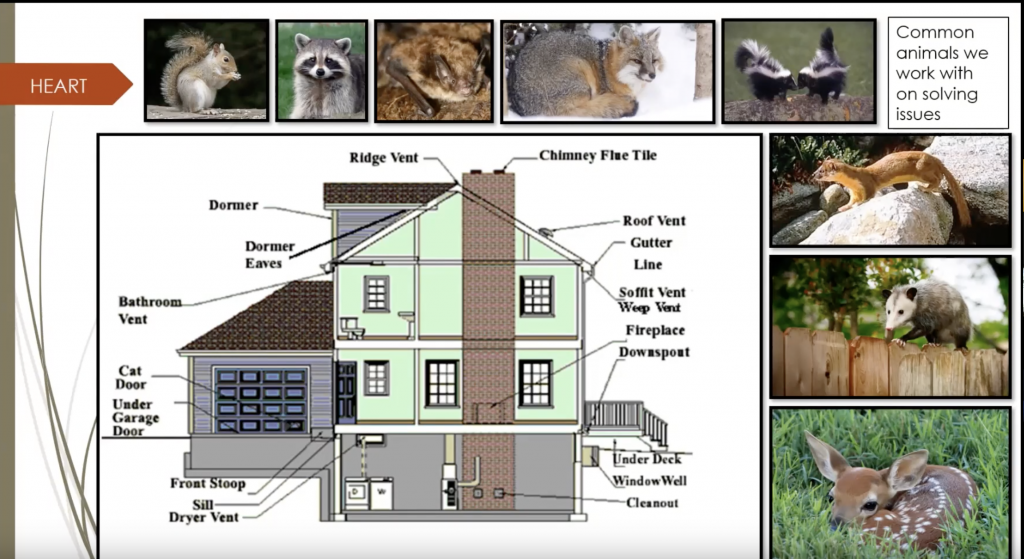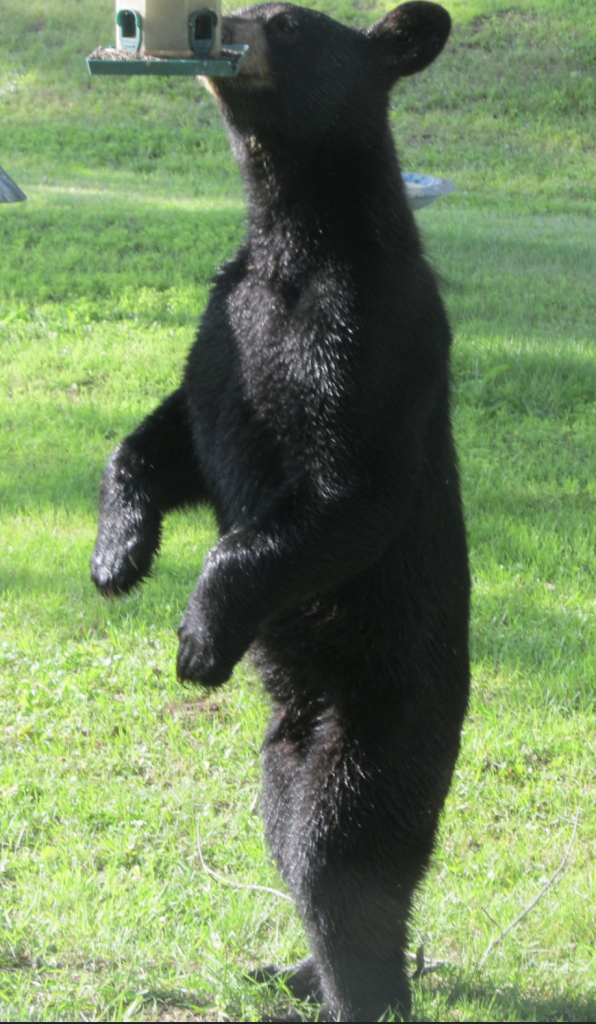
Photo by Kathy & Sam/CC BY
As there are more and more people, with our buildings, infrastructure, and claims on resources, there are fewer places for wildlife to exist in peace, and more opportunities for conflict. We encourage you to look for ways to minimize your impact on wildlife, enhance the habitat around your home, and when conflicts do arise, seek the most humane ways to mitigate them. We are here to help! Read on to find out about ways to be a good neighbor.
Coexisting with wildlife is not always convenient.
To be a good neighbor, be prepared to spend some time and some money to proactively prevent problems.
 Live trapping and relocating a wild animal is not humane. Animals that live in your neighborhood are at home there. They have a territory and know how to find the resources they need. If you move them, they may not be able to find what they need. They may come into conflict with the residents at the new location. At certain times of year, there is a reasonable chance that relocating an animal will mean leaving young behind to starve. Even if you manage to catch the young later, mom will not be waiting around for them to appear at the release site. Portland Audubon explains this well.
Live trapping and relocating a wild animal is not humane. Animals that live in your neighborhood are at home there. They have a territory and know how to find the resources they need. If you move them, they may not be able to find what they need. They may come into conflict with the residents at the new location. At certain times of year, there is a reasonable chance that relocating an animal will mean leaving young behind to starve. Even if you manage to catch the young later, mom will not be waiting around for them to appear at the release site. Portland Audubon explains this well.
In July, 2021, HEART Wildlife Removal, a Burlington-based humane wildlife exclusion company, gave a webinar for BEEC. Click the image to view their recommendations for making your home and yard less attractive.

Below are some suggestions for dealing with different wildlife species:
Bats 
Bears
Beavers
Deer
Foxes
Mice
Raccoons
Skunks
Squirrels
Woodchucks
Voles
The Humane Society of the United States is a good source of information when shopping for answers to wildlife problems.
